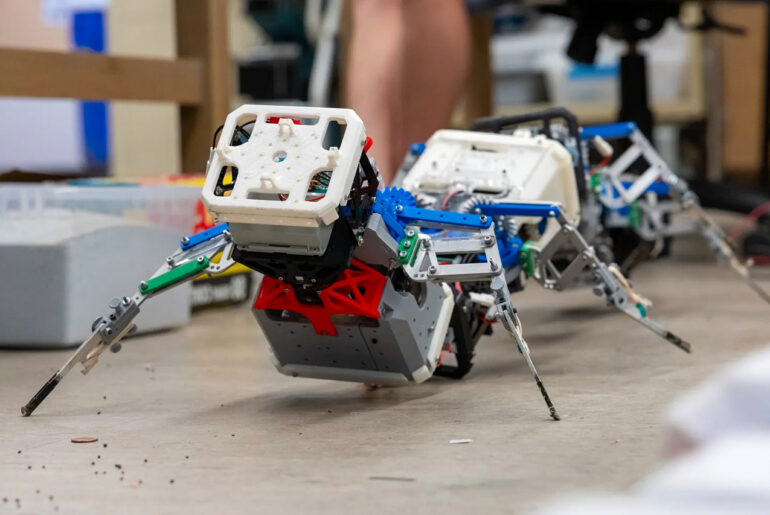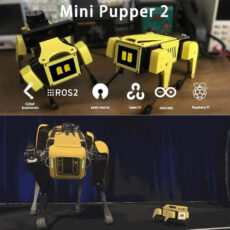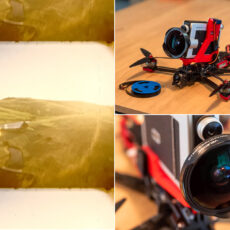
Boston Dynamics’ Atlas robot performs construction work with ease, but leave the rough terrain to this robotic centipede developed by Georgia Tech researchers. The team discovered that adding leg pairs to the robot increases its ability to traverse challenging surfaces, without the need for sensors to interpret the environment.
This means that if a single leg stumbles, the other legs keeps it moving regardless. When all of the legs work together, it becomes a reliable system to transport itself and even a load from one point to another on difficult landscapes. A practical application would be on farms where weedkillers are ineffective.
- Super-Slim RoboVac: Experience the convenience of our slimmer RoboVac—at only 2.85 inches, it works quietly while delivering increased suction power...
- A Quiet Clean: It vacuums hardwood floors for up to 100 minutes, maintaining consistent, powerful suction while keeping noise to a minimum—no louder...
- BoostIQ Technology: The moment extra suction is required for thorough deep cleaning, RoboVac automatically ramps up its vacuuming power in just 1.5...
With an advanced bipedal robot, many sensors are typically required to control it in real time. But in applications such as search and rescue, exploring Mars, or even micro robots, there is a need to drive a robot with limited sensing. There are many reasons for such sensor-free initiative. The sensors can be expensive and fragile, or the environments can change so fast that it doesn’t allow enough sensor-controller response time,” said Baxi Chong, Physics Postdoctoral Researcher at Georgia Tech.









